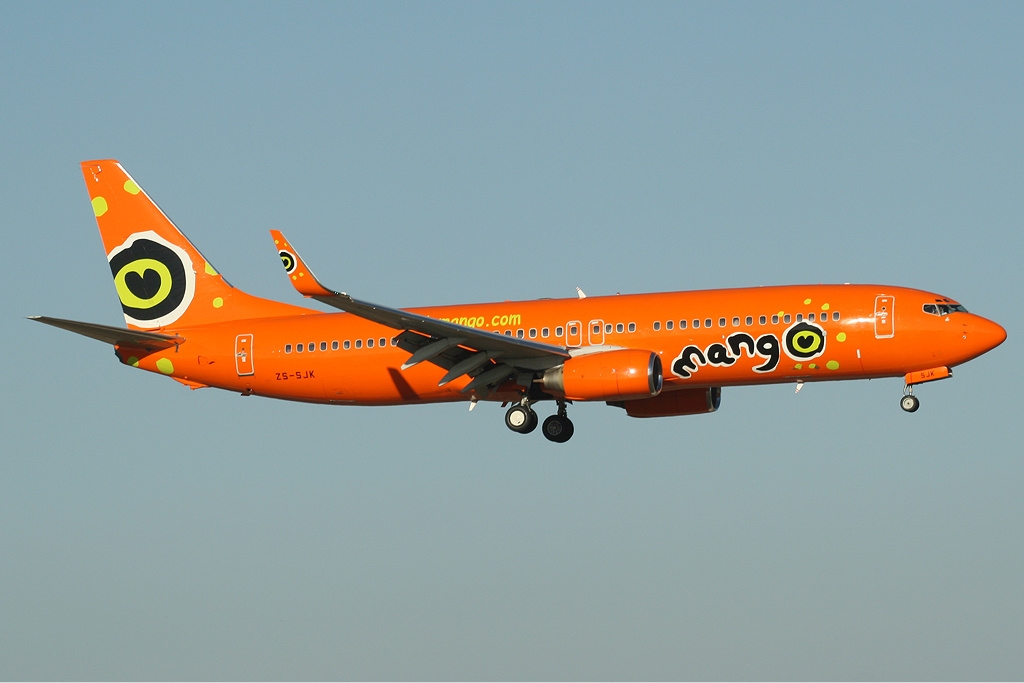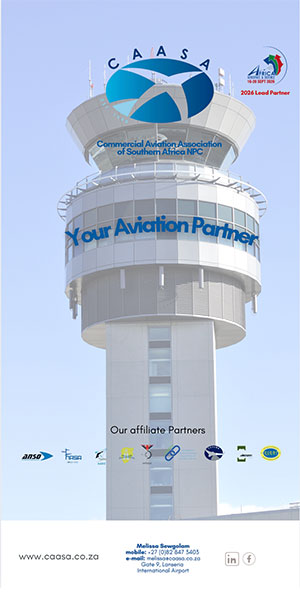After nearly two decades of connecting South Africans to budget-friendly skies, Mango Airlines has officially shut its doors.
The low-cost carrier, once a household name for weekend getaways, domestic business trips, and regional escapes, has succumbed to years of financial turbulence, complicated rescue attempts, and the ultimate withdrawal of investor support. With its planes grounded and its brand retired, South Africa’s aviation landscape now faces a sudden gap in affordable travel.
Yet, even as Mango fades into history, South African Airways (SAA) is accelerating in the opposite direction. Over the past year, SAA has expanded routes, modernised its fleet, and reported unprecedented operational growth. Where Mango once competed for domestic market share, SAA now dominates both local and regional skies with renewed vigour, illustrating a stark contrast between a fallen budget pioneer and a national carrier rising against all odds.
For the tourism sector, the timing could not be more consequential. Mango’s disappearance removes a key low-cost option for local travellers and international visitors seeking to hop between South Africa’s cities, beaches, and bushveld. Hotels, tour operators, and airports brace for the fallout, while SAA’s expansion offers a partial cushion, but at a higher price point that could shift travel patterns and dampen the affordability that Mango once guaranteed.
The Final Chapter of Mango Airlines
Mango, a wholly-owned subsidiary of SAA, had been in business rescue since July 2021. Despite months of negotiation with potential investors, including Ubuntu Air Services Proprietary Limited, no plan succeeded in reviving operations. On 31 July 2025, Ubuntu Air officially withdrew, citing delays and funding uncertainties that made a relaunch unrealistic.
“The delays have made scheduling a resumption of operations impossible, and the commitment of other funding partners could not be secured,” said Mango’s business rescue practitioner, Sipho Sono. With no other viable path forward, Sono has proposed a structured wind-down of the airline, aimed at delivering the best possible return for creditors.
Mango’s financial troubles were compounded by outstanding tax liabilities, legal disputes, and insufficient state aid. Total claims against the airline amount to ZAR6.4 billion (USD362.8 million), while available funds for creditors are a fraction of that, leaving unsecured creditors facing significant losses.
Tourism and Travel Impact
The airline’s closure strikes at the heart of domestic tourism. Mango’s low-cost flights kept ticket prices accessible and offered flexibility for travel between major hubs such as Johannesburg, Cape Town, Durban, and Port Elizabeth. With the airline gone, ticket prices are likely to rise and scheduling options will narrow, affecting everything from weekend breaks to business travel.
International tourism is also set to feel the pinch. Mango had provided affordable connections to regional destinations, including Mauritius, Zanzibar, and India. With these routes now unavailable, both South African travellers and overseas visitors will face fewer low-cost options, potentially reducing tourist numbers and impacting associated industries like hotels, transport, and attractions.
SAA’s Contrasting Growth
In stark contrast to Mango’s decline, SAA is experiencing unprecedented growth. The national carrier has upgraded aircraft, expanded regional routes, and enhanced service offerings, positioning itself as the primary operator for both domestic and international travel. While this growth may absorb some of the demand left by Mango’s exit, it comes at a higher cost for travellers and does little to replace the low-cost accessibility Mango once provided.
Tourism authorities are closely monitoring the situation, seeking to encourage other regional carriers to fill the void and maintain affordability for domestic and international travellers. The South African Tourism Board is also intensifying marketing campaigns to keep the country attractive to visitors, emphasising that South Africa’s natural, cultural, and urban attractions remain world-class despite the change in the aviation landscape.
Looking Ahead
Mango Airlines’ closure marks the end of an era in South African budget aviation. Its disappearance is a sobering reminder of the fragility of low-cost carriers in the country and the importance of diverse, resilient aviation networks for tourism and economic stability. Meanwhile, SAA’s remarkable expansion offers a rare silver lining—demonstrating that, even in turbulent skies, growth is possible. The challenge now is ensuring that travel remains accessible and that South Africa continues to welcome both local and international visitors in numbers that sustain the tourism sector.
















